The Ultimate Beginner's Guide to Going Gluten-Free
A Step-by-Step Guide to Navigating a Gluten-Free Lifestyle

Embarking on a gluten-free journey can feel overwhelming, but with the right knowledge and resources, it can be a positive and enriching experience. This guide provides a comprehensive roadmap for beginners, covering everything from understanding gluten intolerance to finding satisfying gluten-free meals. Whether you're newly diagnosed with celiac disease, experiencing gluten allergy symptoms, or simply curious about the benefits of a gluten-free diet, this is your go-to resource.
- Understanding Gluten: What It Is and Where It's Found
- Why Go Gluten-Free? Celiac Disease, Intolerance, and Beyond
- Gluten-Free Diet Basics: A Guide to Safe Foods
- Navigating Hidden Gluten Sources: Unexpected Culprits
- Mastering the Art of Reading Food Labels: Gluten-Free Certification
- Eating Out Gluten-Free: Strategies for Success
- Gluten-Free Cooking and Baking: Tips and Tricks
- Finding Gluten-Free Food Near Me: Restaurants and Grocery Stores
- Long-Term Health and a Gluten-Free Diet
Understanding Gluten: What It Is and Where It's Found
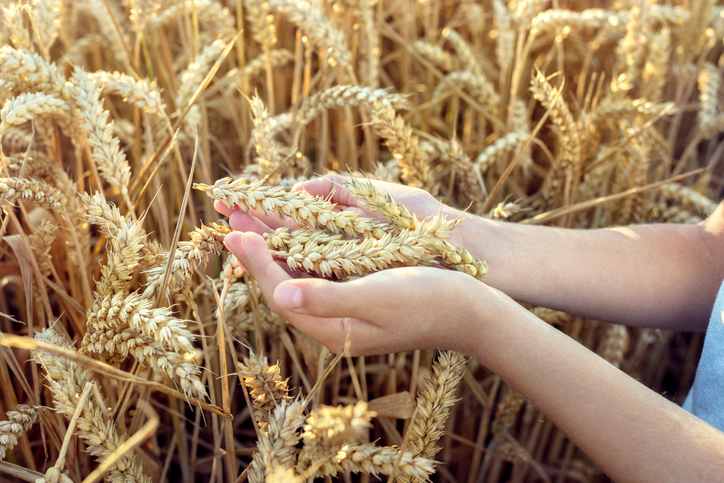
Gluten is a family of proteins found in grains like wheat, barley, and rye. It's what gives dough its elasticity and baked goods their chewy texture. While gluten provides these qualities, it can trigger adverse reactions in certain individuals. Common sources include bread, pasta, pizza, cereals, and many processed foods. It's crucial to understand that gluten isn't inherently 'bad,' but it can be problematic for those with specific health conditions.
Why Go Gluten-Free? Celiac Disease, Intolerance, and Beyond
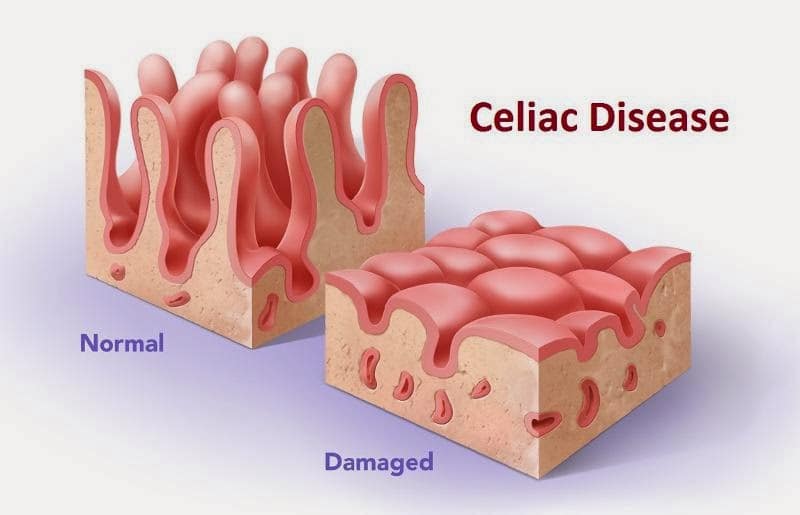
The primary reasons for adopting a gluten free diet are medical. Celiac disease is an autoimmune disorder where gluten triggers an immune response that damages the small intestine. Gluten intolerance, or non-celiac gluten sensitivity (NCGS), causes symptoms similar to celiac disease but without the intestinal damage. Gluten allergy symptoms can range from mild skin rashes to severe anaphylaxis. Some individuals also choose a gluten free diet for perceived health benefits like improved digestion and increased energy, although scientific evidence supporting these claims is still emerging. Identifying gluten allergy symptoms is key to determining if a gluten free diet is needed.
Gluten-Free Diet Basics: A Guide to Safe Foods
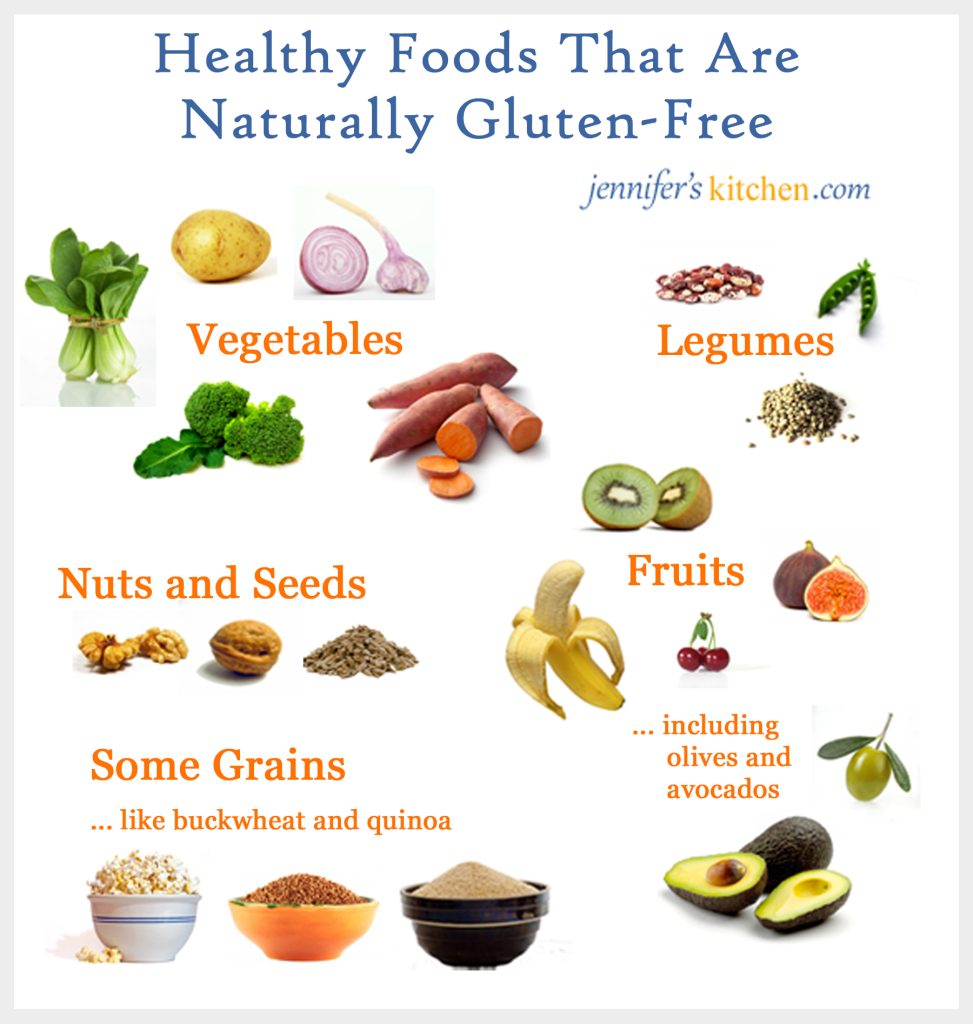
A gluten free diet focuses on eliminating all sources of gluten. This means avoiding wheat, barley, and rye. Fortunately, many naturally gluten-free foods are available and delicious. These include fruits, vegetables, lean proteins (meat, poultry, fish), legumes (beans, lentils), and gluten-free grains like rice, quinoa, corn, and oats (ensure they are certified gluten-free to avoid cross-contamination). When starting a gluten free diet, it's vital to focus on whole, unprocessed foods. Be wary of pre-packaged and processed options, as they often contain hidden gluten.
Mastering the Art of Reading Food Labels: Gluten-Free Certification
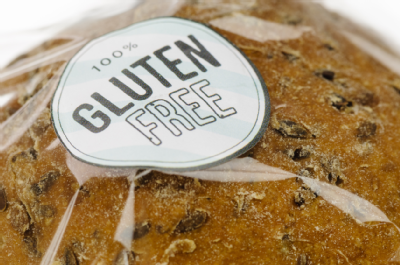
Food labels are your best friend on a gluten free diet. Look for products that are certified gluten-free by a reputable organization like the Gluten-Free Certification Organization (GFCO). Pay close attention to ingredient lists, avoiding items containing wheat, barley, rye, or any derivatives thereof. If an ingredient is ambiguous, research it further. Familiarize yourself with common gluten-containing ingredients and their variations. If cross-contamination is a concern, prioritize certified gluten-free products.
Eating Out Gluten-Free: Strategies for Success

Dining out on a gluten free diet requires careful planning. Call the restaurant ahead of time and inquire about their gluten-free options and cross-contamination protocols. Many restaurants now offer dedicated gluten-free menus or are willing to modify dishes. When ordering, clearly communicate your dietary needs to your server. Be specific about avoiding gluten and ask about ingredients and preparation methods. Choose naturally gluten-free options like grilled meats, salads (without croutons), and vegetable-based dishes. Consider using resources like online reviews and restaurant finders specifically for gluten free food near me.
Gluten-Free Cooking and Baking: Tips and Tricks

Gluten-free cooking and baking can be a rewarding experience. Experiment with gluten-free flour blends (rice flour, tapioca flour, almond flour, etc.) to find what works best for different recipes. Use xanthan gum or guar gum as binders to replace gluten's elasticity. Be patient and don't be afraid to try new recipes. Many online resources and cookbooks offer delicious and easy-to-follow gluten-free recipes. Remember that gluten-free baking often requires different techniques and may result in textures that differ from traditional baked goods.
Finding Gluten-Free Food Near Me: Restaurants and Grocery Stores
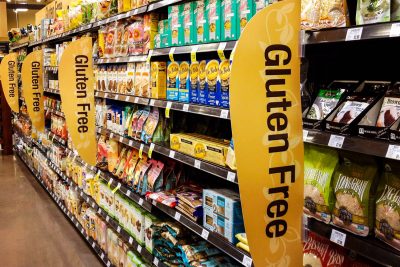
Locating gluten free food near me has become increasingly easier. Many grocery stores now have dedicated gluten-free sections. Use online search engines and apps to find gluten-free restaurants and bakeries in your area. Check online reviews and recommendations from other individuals following a gluten free diet. Some restaurants also offer online ordering with gluten-free options clearly marked.
Long-Term Health and a Gluten-Free Diet
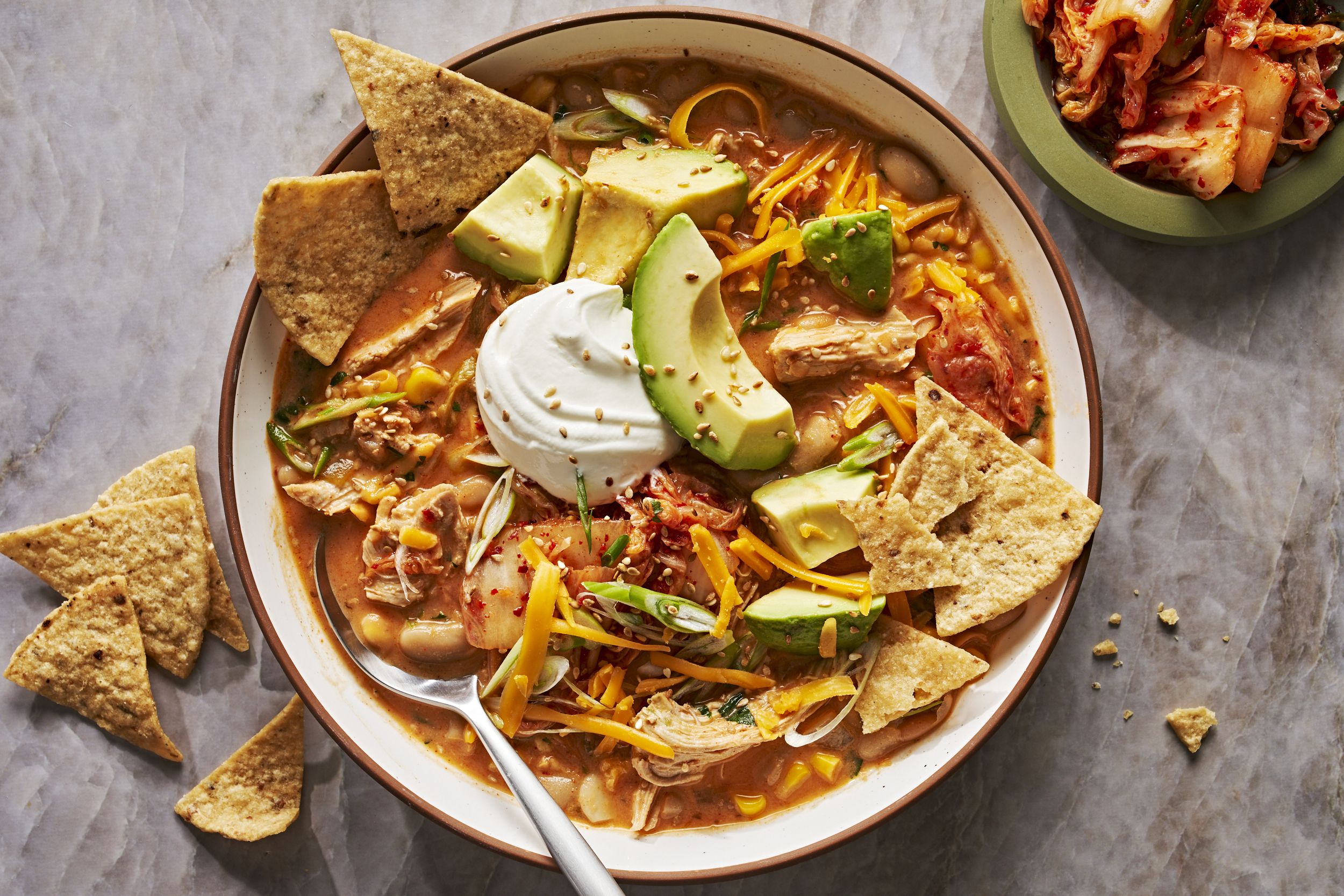
A gluten free diet can significantly improve the health and well-being of individuals with celiac disease, gluten intolerance, or gluten allergies. However, it's essential to ensure you're getting all the necessary nutrients. Work with a registered dietitian or healthcare professional to create a balanced meal plan. Be mindful of potential nutrient deficiencies (iron, calcium, fiber) and consider supplementation if needed. Long-term adherence to a gluten free diet is crucial for managing these conditions effectively.
Embracing Your Gluten-Free Journey
Starting a gluten free diet requires dedication and education, but it can be a transformative step towards improved health and well-being. By understanding gluten, identifying hidden sources, mastering label reading, and finding reliable resources, you can confidently navigate a gluten-free lifestyle. Remember to be patient with yourself, experiment with new recipes, and seek support from healthcare professionals and online communities.
